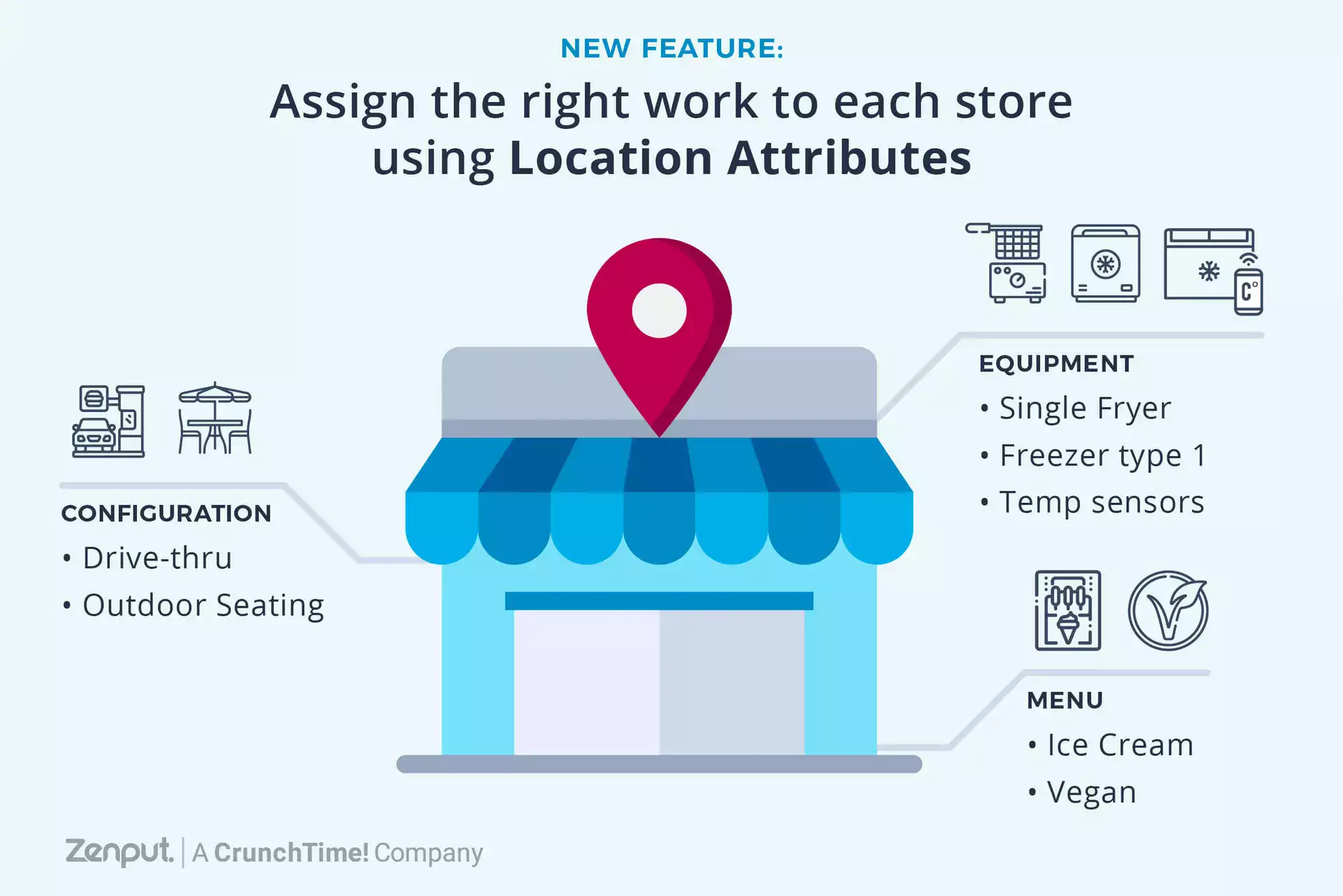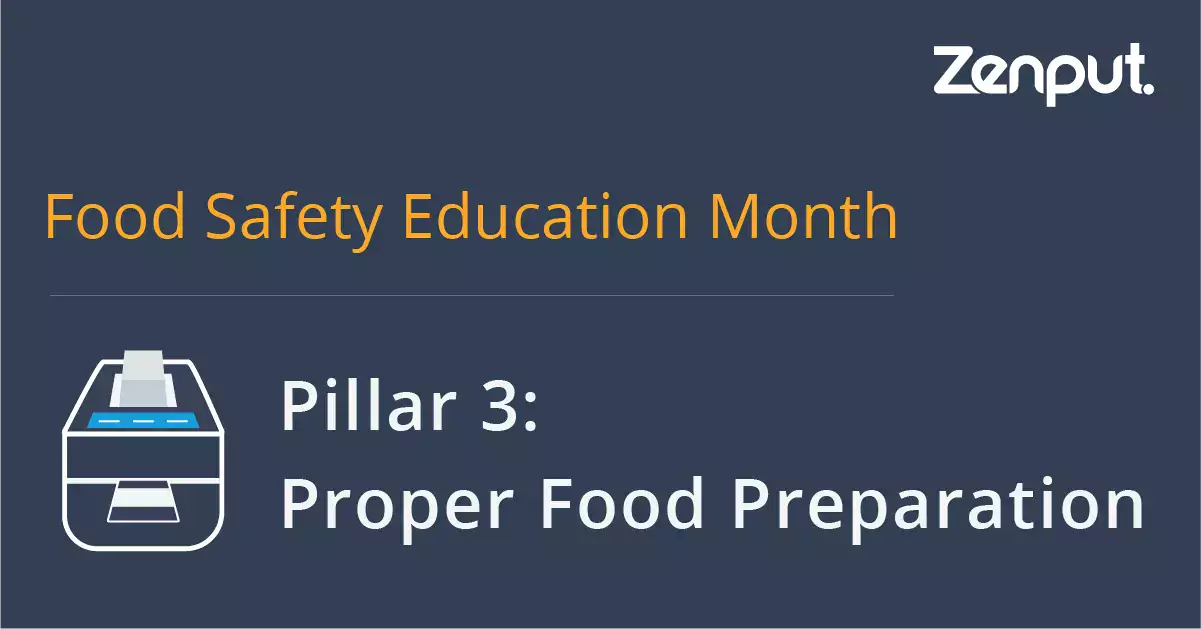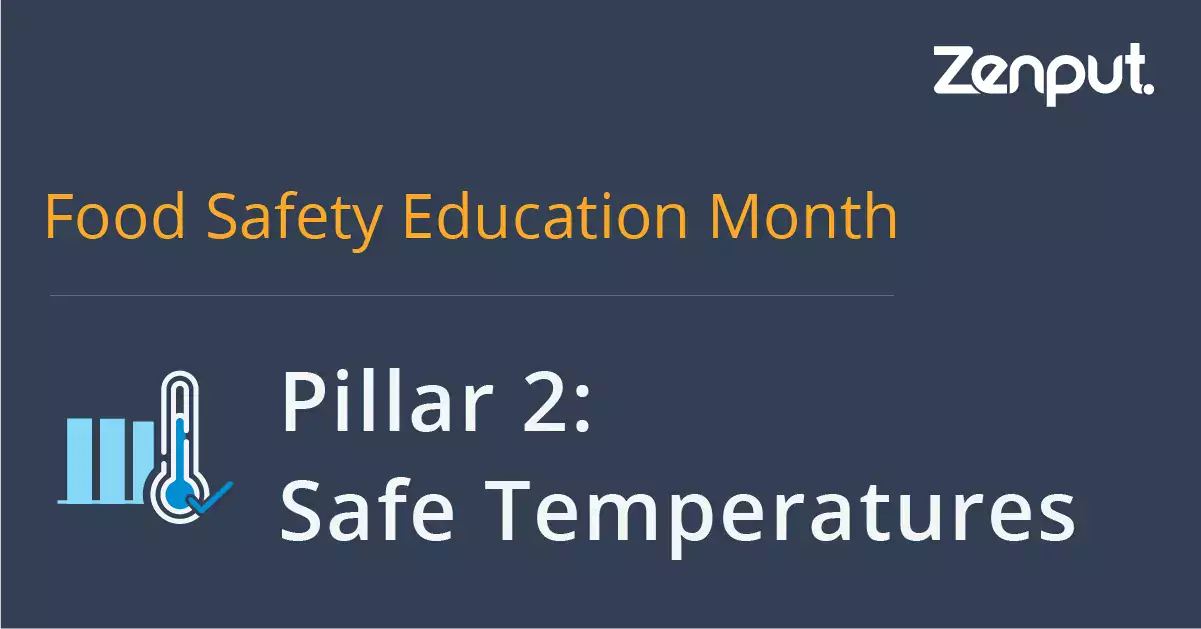In the foodservice industry, a buffet is an easy and lucrative option for serving customers because it gives them a level of control in choosing what and how much food they want to consume. Buffets are rising in popularity in places like grocery stores and supermarkets, where fresh ingredients are readily accessible and customers are looking for quick meal options.
When operating a buffet cleanliness, security, and maintenance are all top priorities; however, it’s also important not to waste food. As much as all of the procedural work is tedious, it’s imperative to a successful business.
As this post highlights, customers notice if buffets are not up to scratch or wasteful, and it’s important to keep an eye on your staff and the way the food is presented. Customers care what their food looks like, and how sanitary or wasteful a business comes off can impact the image of a restaurant and possibly the brand image.
Below are three simple ways you can make your buffet less wasteful and look more professional. If you do, publicize that partnership because it resonates with today’s customers, especially socially conscious Millennials.
1. Monitor Food Inventory
One of the most difficult aspects of maintaining buffets is monitoring your food inventory. If you’re not careful, generating unnecessary waste can hurt your bottom line. Customers can also notice when a half eaten tray is hauled off to the trash. This is where communication between retail associates in the vicinity of the buffet, employees in the kitchen, and management is key. Regularly documenting which items are more popular can help foodservice operators adjust their offerings and increase profits. Also consider partnering with a local charity organization that accepts food donations.2. Make Checklists
Foodservice operations must abide by state and local regulations. These regulations, like this example from San Diego, should be converted to food safety checklists. Safety matters, from food preparation to presentation to storage. Here are just some examples of checklist bullet points or questions:- Are food preparation surfaces clean?
- Is the floor clean?
- Are refrigerators set at the right temperatures?
- Are handwashing facilities functional and are sneeze guards regularly cleaned above the buffet service areas?
3. Conduct Daily Audits with Actionable Results
Procedural codes and filling out checklists are one thing, but self-auditing in a way that leads to actionable results can put your buffet ahead of the pack. Let’s consider some scenarios. It’s late afternoon on a busy weeknight, and you’re already running out of fresh produce before the 9-5 p.m. crowd comes in for dinner. What does your manager do? Instead of panicking, they report the issue and senior management arranges for an employee to make a delivery to a store. The manager and employees don’t have to go shopping during peak hours. Let’s say a fryer fizzles out or a row of heat lamps suddenly lose power. The issue in reported in real time. Rather than a series of calls and emails, the task is prioritized and someone from maintenance is assigned to the store immediately. Communication is so much less tedious when you have the right tools.And please, as with any foodservice operation, don’t forget about the cleanliness of your restrooms!
Related Post
Conducting a Food Safety Audit: 7 Principles of HACCP How to Conduct a Property InspectionSubscribe to our blog
You are now subscribed!


